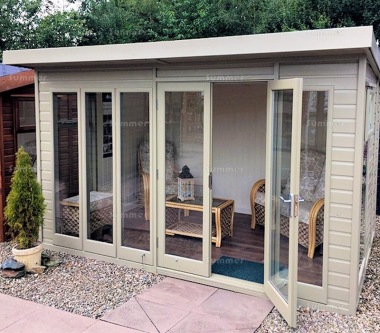All Categories
Featured
Table of Contents
Carnegie 3163, Vic. Amazing Service By Aps Double Glazing in Warnbro WA
Laminated glass is often utilized in areas in the house most vulnerable to injury from human impact such as restrooms, doors, around staircases and in locations near to the flooring (it meets the requirements of 'shatterproof glass' that is mandated for usage in these locations by Australian Basic AS 1288 Glass in structures).
Toughened glass has actually been 'tempered' by being reheated and rapidly cooled again. This process makes it much more powerful than standard glass it can resist greater effect loads prior to breaking. It also makes it much safer because, when it does shatter, it burglarizes many small cubic pieces rather than dangerous shards.
How Are Double Glazed Windows More Energy Efficient? in South Fremantle WA
Toughened glass has no thermal or acoustic advantages over other glass of the same toning or thickness. Secondary glazing is where single-glazed windows are retrofitted with a transparent acrylic or glass sheet attached to the within the frame or openable sash with a secondary frame or with magnetic strips.


Secondary glazing will not perform as well thermally as a made IGU, since it is difficult to completely seal the border, but it can provide excellent sound control. Window movies are a thin polymer film containing an absorbing color or reflective metal layer, with an adhesive backing. They stick to your glazing to change its colour or make it reflective.
Insulated Glass Unit – Igu in Westfield WA
Applied to existing glass, some window films can cut in half the total SHGC of the window by soaking up and/or showing solar radiation. This can be particularly helpful in hotter climates where cooling is the main issue, or on east and west elevations straight exposed to extended periods of sunlight. Window movies might likewise minimize visible light transmittance.

For this factor, it is usually best to use an accredited installer of window film. Frames have a significant effect on the thermal efficiency of windows and doors, since energy can be gotten and lost through the frame, in addition to through the glass. Various types of frame will allow different levels of heat gain and loss, so mindful choice of frame is essential for reliable passive design.
Double Glazing - About Windows - Window Film Excellence in East Cannington Western Australia
However, aluminium is likewise an excellent conductor of heat and will reduce the insulating value of a glazing system, unless particularly crafted to decrease this. A 'thermally broken' frame is comprised of 2 aluminium areas linked by a structural insulator (usually a low-conductivity structural polymer). This 'breaks' the thermal connection through the aluminium and decreases the heat flowing through the frame.
Wood frames are a great natural insulator that can match some home designs. Timber frames ought to be made from species that have naturally high sturdiness or be dealt with to avoid decay and contortion.
Why Double Glazing Keeps Your Home Cooler In Summer? in Queens Park WA
This can result in spaces that permit air seepage unless good draught sealing (weather stripping) is set up. u, PVC is a type of plastic (unplasticised polyvinyl chloride, also referred to as rigid PVC). u, PVC frames supply outstanding thermal performance, typically better than timber or thermally damaged aluminium. u, PVC is long enduring and needs extremely little maintenance, and can be moulded into complex profiles that offer excellent air seals.
u, PVC doors and windows have excellent thermal efficiency Picture: Ben Wrigley (Light Home Architecture and Science) Composite frames utilize aluminium profiles on the outer areas with either a timber or u, PVC inner area. These integrate the low upkeep and durability of aluminium with much improved thermal performance.
Table of Contents
Latest Posts
Blown Double Glazing & What To Do About It in Mundijong Western Australia
What Are The Advantages Of Double Glazed Windows? in Queens Park WA
Double Glazing Versus Secondary Glazing in Marmion Western Australia
More
Latest Posts
Blown Double Glazing & What To Do About It in Mundijong Western Australia
What Are The Advantages Of Double Glazed Windows? in Queens Park WA
Double Glazing Versus Secondary Glazing in Marmion Western Australia